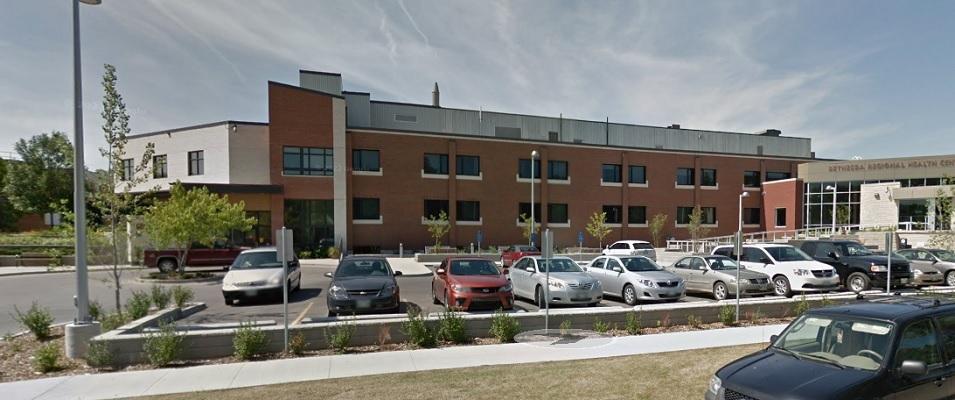In response to an ever-growing human resource challenge in medical centres across Manitoba, the provincial government made an announcement on December 14 which could change the face of emergency services, most notably in rural facilities.
Live from the Bethesda Regional Health Centre in Steinbach, provincial Health Minister Audrey Gordon introduced the newly created Virtual Emergency Care and Transfer Resource Service (VECTRS).
“This service will respond to calls from urgent care centres, emergency departments, health facilities, and nursing stations across the province as well as emergency response service teams in need of consultation and specialty advice,” Gordon said. “The service will be… staffed by emergency physicians, advanced care paramedics, and advanced practice respiratory therapists.”
As of May 2023, the centralized emergency call centre will provide 24/7 access for advanced professional help, giving medical staff in rural facilities the tools they need to treat patients locally and with greater speed.
“This will support decision-making for patient care when time is of the essence and empower healthcare providers across the province with access to a dedicated team of experts who can answer questions,” Gordon added. “This will lead to better patient outcomes and improved capacity across the health system.”
In addition to timely consultations, VECTRS will also provide full support in arranging transport of acute patients to the most appropriate facility for them. Gordon says this will help prevent rerouting of patients which wastes valuable, life-saving time.
Dr. Rob Grierson, Chief Medical Officer for Shared Health Emergency Services, also joined Gordon at the press release. According to Gordon, Grierson is the brainchild behind the VECTRS system.
Grierson added that by removing the responsibility of patient transfer from attending medical staff, it will give on-site nurses and physicians more time to do what they do best: treat patients.
“Generally speaking, before a patient is even transferred to a facility, the sending facility… has to make all of those arrangements,” Grierson said. “They have to phone a number of different people and try to find a physician to accept the patient. Or try to target exactly where that patient needs to go.”
The cost to provide VECTRS will come to approximately $5.5 million annually, according to Grierson.
The program will be run in conjunction with the existing 911 communication centre, allowing VECTRS to capitalize on existing infrastructure such as secure communications equipment and backup systems.
This collaboration, Grierson said, makes VECTRS far more economically viable than a standalone system would be.
The VECTRS model is not a novel one. Grierson said they’ve studied similar systems which are being utilized in other provinces.
From a personal perspective, Grierson says that the push to research this type of centralized service came from more than 20 years as an emergency room physician working from the Health Sciences Centre.
“As an emergency physician, I’m often on the receiving end of phone calls from care providers across the province,” Grierson says. “I can’t tell you the number of times when someone’s called me and they’ve got somebody in front of them that needs help… and often they’ve had to make six or seven or a dozen phone calls and they’re saying, ‘Can you just help me?’ So that was sort of the genesis [of this].”
A media spokesperson for Southern Health-Sante Sud says that their health region was glad to be involved in the conversation that helped get VECTRS off the ground.
“As a service delivery organization, we worked closely with Shared Health and the province to identify needs and develop a solution,” the spokesperson told The Citizen. “Our proposed plan was confirmed at the recent rural summit with Doctors Manitoba and the Manitoba Chamber of Commerce. The concerted voices of many partners helped advance this as one of many initiatives to support our healthcare system.”
According to Health Minister Gordon, the VECTRS initiative is only one of many to be introduced in the coming months. It’s part of what she calls the government’s single largest investment to the public healthcare system in Manitoba’s history.
In early November, Premier Heather Stefanson announced $200 million in new funding which will be used to add 2,000 health professionals to the medical landscape through retention, recruiting, and retraining efforts.
Already the province has created a number of incentive packages for public healthcare nurses, including higher rates for weekend pay and full-time staffers.
Gordon says that round table sessions will continue with the nurses union in the new year to help develop more strategies as they go.


